Photography & Styling
What's Involved in Making a Cookbook Visually Come to Life
Cookbooks are more than their recipes. Especially when they themselves are a certain place in time, little vehicles for armchair travel. Especially when they are Hartwood.
Hartwood chronicles the cooking Eric Werner does at his restaurant by the same name in Tulum, Mexico; the photos, taken by formidable team of Andrea Gentl and Martin Hyers, translate it all through the lens of a camera. They take us there.
We talked to Gentl and Hyers about what's actually involved in making a cookbook visually come to life.
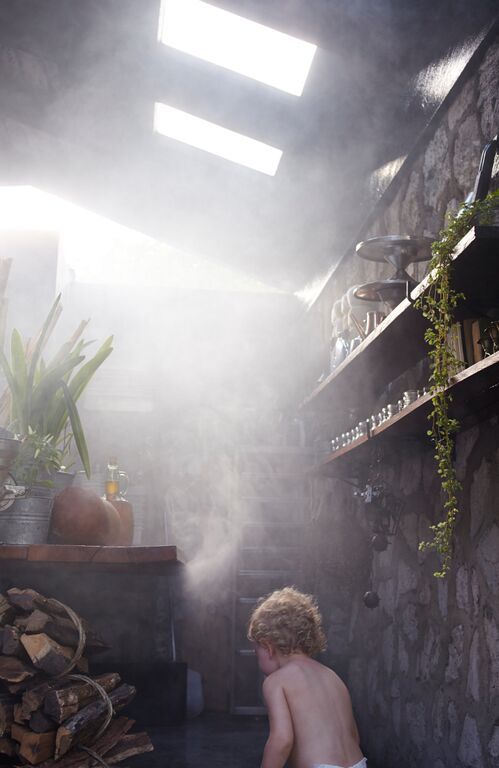

Food52: Which shots do you find most successful in the book?
Gentl and Hyers: We spent almost a month in Mexico with Eric [Werner] and Mya [Henry] working on the book. We accompanied Eric on all his market travels; we went out with the spear fishermen; we went to Valladolid with Mya to look for surfaces and props; we ventured out into the lagoon on the old Mayan Pathways.
The first morning we were there, we left before Tulum was awake. We opened the back of Eric’s jeep and loaded our gear next to his machete and rope and snake-bite kit. Next thing we knew we were driving down perfectly straight roads cut from the jungle, the green encroaching at every level. The entire time Eric was looking through the trees, inside passing trucks, and at every roadside table. He jumped out of the truck at the slightest provocation and would spend the next fifteen minutes talking to someone about food, fruit, farming, or new flavors. This gave us time to shoot a lot of the details of the interior. I think these photographs were the most successful in telling Eric and Mya’s story because so much of what they have made at Hartwood has quite literally grown out of this culture.
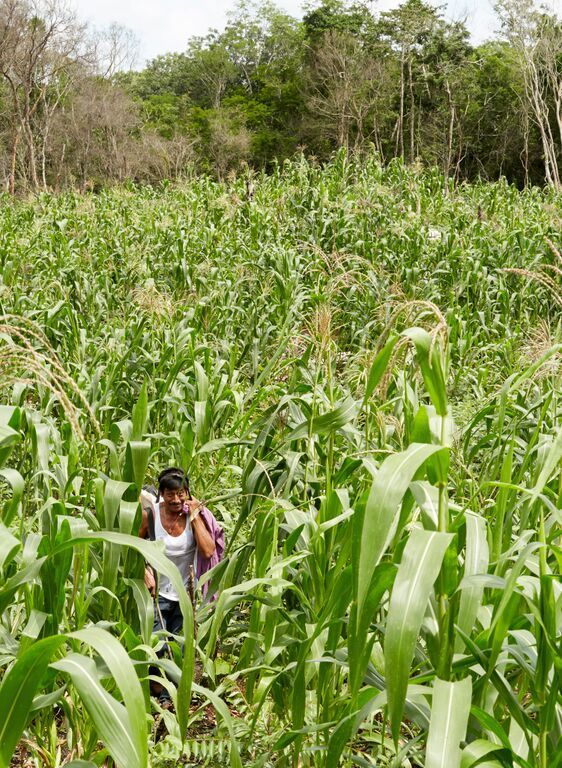
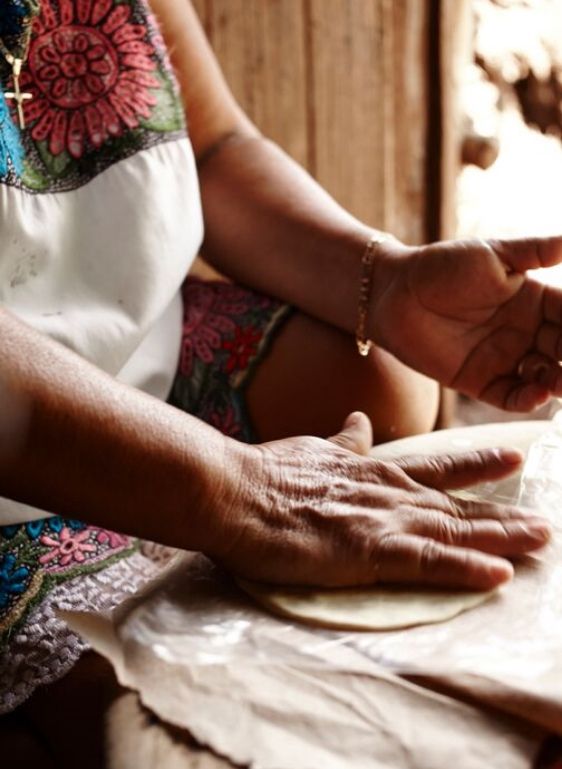
Of course, the portraits of the people we met tell such a big part of the story. Some of our favorite portraits were taken at Antonio’s milpa (a Mayan farm) deep in the jungle, where his family had gathered to show us the oven one man had built from stone. His wife made us fresh tortillas over a low-burning fire while pork smoked in the corner; Antonio shared a meal of poc-chuc (grilled pork) and beans with us under the massive trees.
F52: Were there shots that were particularly hard to capture?
G&H: Eric and Mya run their restaurant without refrigeration, so all of the food must arrive on the day of service. The ice and wood delivery are integral to the whole schedule; much of the produce is caught or farmed in the morning and driven to Hartwood in the afternoon. This makes for a great story, but has real ramifications for photography.
Also, there were natural elements to consider: In the Yucatán, it gets dark at 6:30 in the evening, so by the time the first dish came out, it would be pitch black. That was a challenge for us and for Eric, but it gave the dishes an authenticity and texture that would be missing in a more traditional photo setting. There were times it was over 100° F outside, we were in the total dark, and there was a deluge of rain. Plus we had to keep our noise level down and our lights out of the way because we were shooting during dinner service!
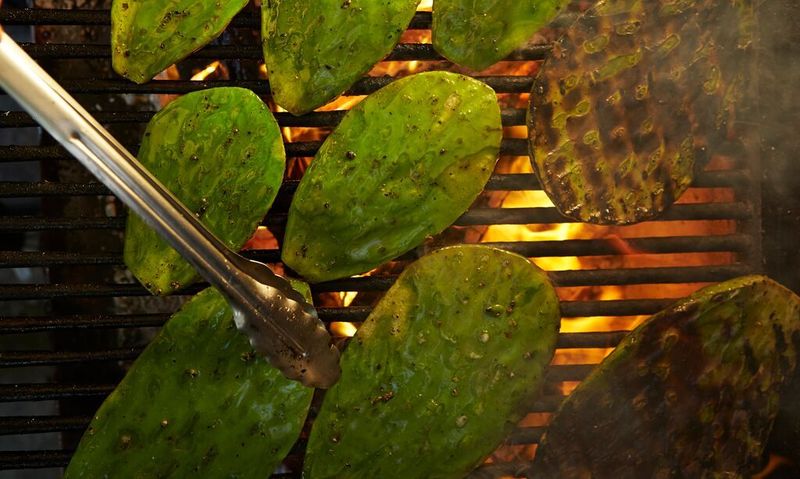
F52: Where are the props in the book from?
G&H: We got most of the dishes and props from Eric and Maya, who made a trip around Mexico to gather them. We wanted to keep the book minimal and use what felt real for Hartwood. We made use of the cement counters and floor at Hartwood, which made a really nice surface. In the first few days of the shoot, we scoured the streets and local construction sites looking for wood or metal that we could use as surfaces to bring texture to photos, and we made a trip to the hardware store to gather plywood to make some simpler surfaces, both painted and plastered. In two days, we had gathered or made enough surfaces for the entire shoot.
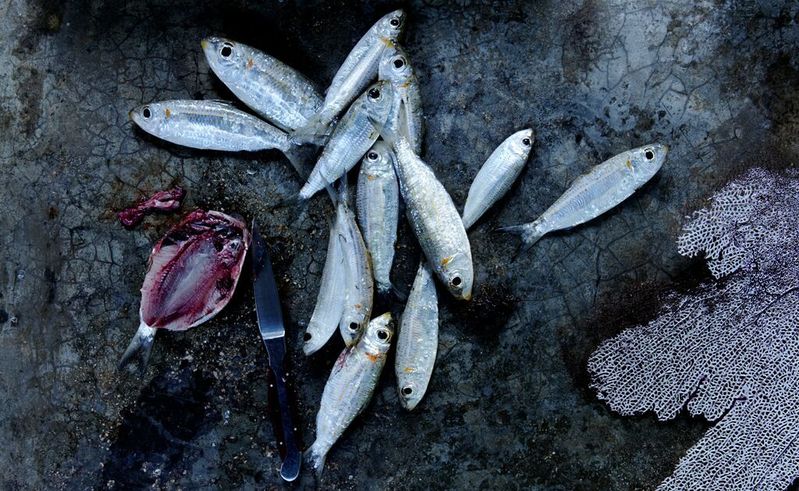
F52: Did you go to Tulum with a mood board or points of inspiration, or did you let the location and food guide you?
G&H: Before we visited Tulum, we had many meetings with Eric where he stressed to us that this was more than a book of recipes. He wanted to focus on the work of Hartwood—the work that is required of any restaurant, any practice, any passion. Eric wanted to show the farmers that carry 100-pound bags of produce to the road to get it to market; his staff that work with passion and resilience; the fishermen that leave their families each morning at 4 A.M.; the cab drivers that deliver a 5-foot swordfish or a tiny bag of flower petals. Showing all of the work that leads to a meal is important to the story. We kept a mood board to remind us of these ideas and artistic direction as we worked.
F52: And, how was the food?
G&H: The food at Hartwood is so unique; it is hard to say what our favorite dishes were. Visually, we loved the melon de milpa and the pork ribs. The raw tuna ceviche with chamomile was beautiful, too. All the ceviches and meats were just beyond delicious.

F52: What do you hope comes through most in your Hartwood photographs?
G&H: We hope that this book educates the reader and captures a moment in time for a very special restaurant. This was a dream project. We know these are few and far between in a career and we thank everyone for bringing us on board. Every time we do a big shoot with a chef, we learn so much about food and culture and taste and memory—it's an invaluable education. We wouldn’t trade our jobs for anything. Mosquitoes, downpours, copious mezcal, and all.
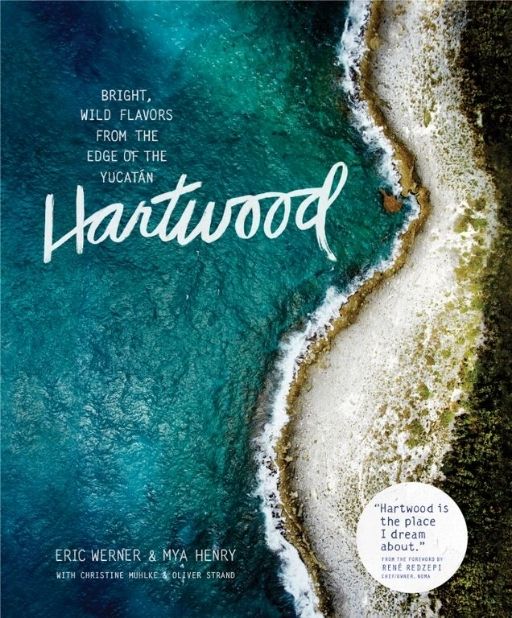
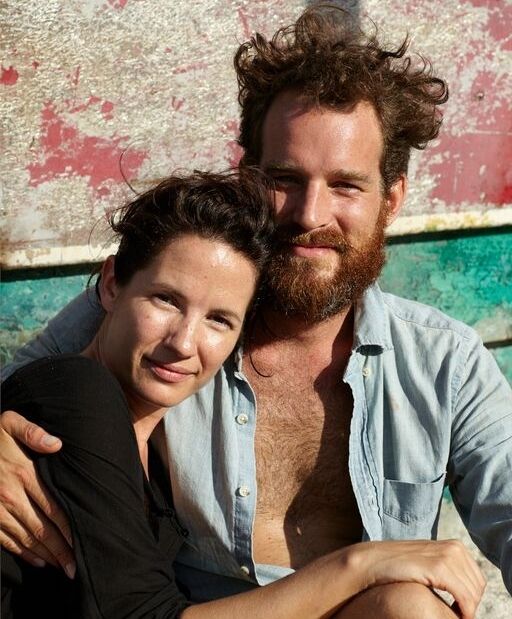
Excerpted from Hartwood by Eric Werner and Mya Henry (Artisan Books). Copyright © 2015. Photographs by Gentl and Hyers
Gentl and Hyers are commercial photographers based in New York. They shoot still life, travel, interiors, food, portraits, beauty, and motion.

See what other Food52 readers are saying.